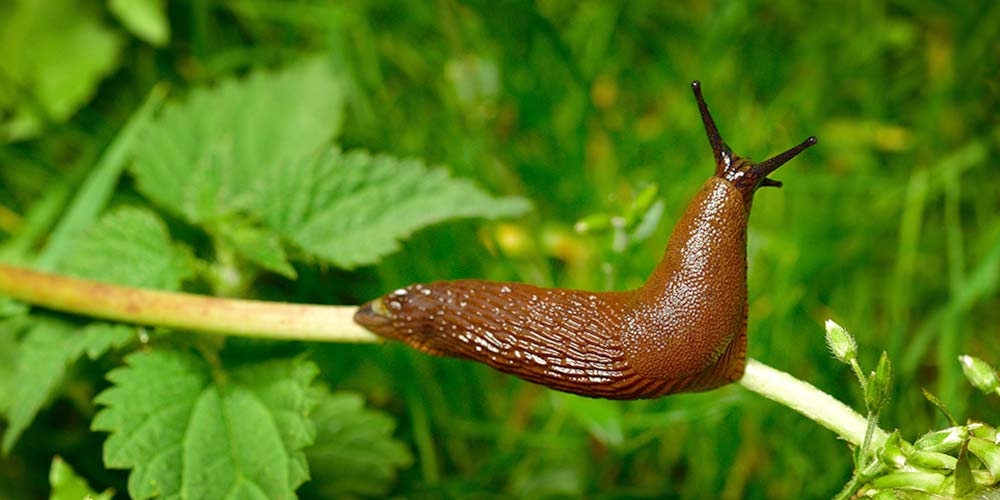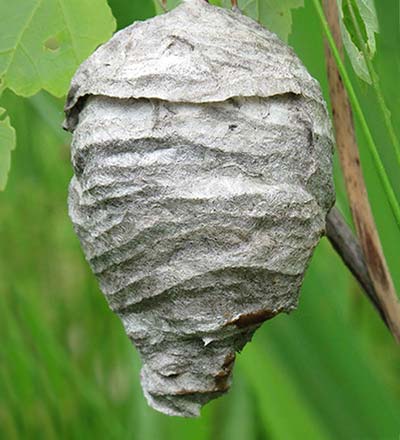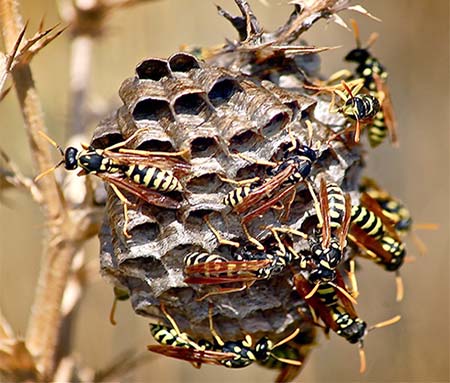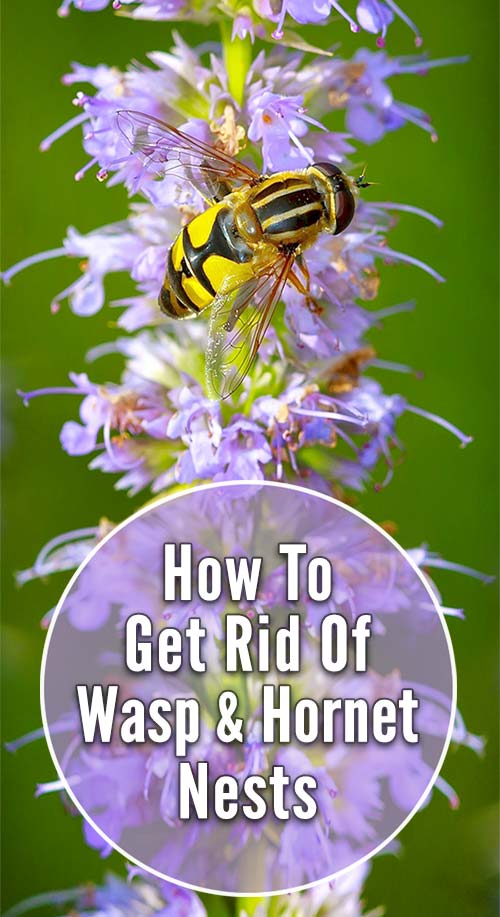One of a homeowner’s worst nightmares, bed bugs are a serious concern that requires prompt action in order to prevent from spreading. The sooner you are able to recognize the signs of an infestation and get a professional exterminator out to your house to diagnose and treat, the easier it will be for you to kill and remove bed bugs from your home.
Unfortunately, far too many homeowners allow the situation to escalate before seeking help because they simply do not recognize the signs of a bed bug infestation.
That’s what we’re here to talk about today.
How to Tell if You Have Bed Bugs
To help you get back to a having a restful night’s sleep, let’s take a look at some of the most common symptoms, signs, and indicators that every homeowner should be familiar with. Here are six of the most common indicators to be on the lookout for.
1. Bites, Bumps & Redness On Skin
This is easily the most common sign that homeowners will recognize right away. If you start noticing red or pink bumps on your skin, then you may be looking at a bed bug bite. In fact, you may not even notice you have these bumps until the itching or burning sensation starts to set in.
If it’s feasible, take a photo of the bites with your phone. This will help your doctor diagnose whether the bites are from bed bugs. At this time, it may be wise for you to contact your doctor to ensure you are getting the appropriate medical care.
What Do Bed Bug Bites Look Like?
Pay particularly close attention to the pattern and number of red bumps, as it is common for bed bugs to bite several times in a straight line or in one area. Are there numerous bites all appearing within the same localized area? This is a sign of bed bugs.
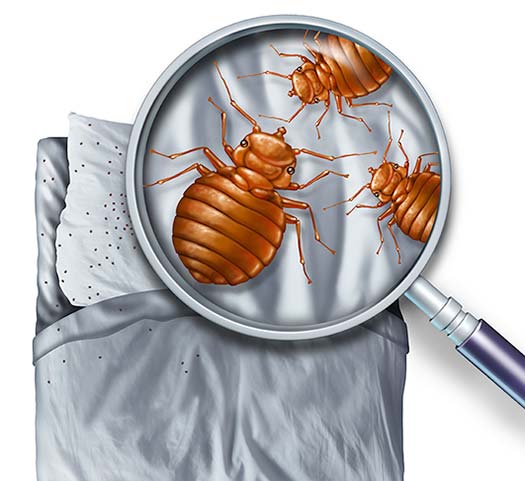
2. Actually Seeing Bed Bugs
If you have a heavy infestation, it’s entirely possible that homeowners will actually be able to see bugs crawling around your bed sheets. If you are able to see them for yourself, then an exterminator needs to be contacted right away.
Spotting bed bugs for yourself is not always as easy as it seems. This is because bed bugs tend to be nocturnal, which means you may not be able to see them during the day. If you suspect you have an infestation of bed bugs in your home, try to inspect your sheets at night. Check every area of your bed, including all of the crevices and edges. Inspect and remove all of your bedding. You should also take a look at your box spring.
Bed bugs are very tiny, so you may need to look closely. They are almond-shaped with a reddish-brown color. It is also possible that you will see eggs in your bed, which means you have several generations of bugs that are infested within your sheets. In addition to the bed bugs themselves, look out for any excrement or skin that may have been left behind as well.
3. Presence of Exoskeletons
You may not see bed bugs for yourself after the infestation has grown, but it should be easier to spot the presence of exoskeletons. These are the hard shells that are used to provide structure to the bed bugs’ organs and muscles.
As bed bugs grow, they molt this skin and leave it behind. Seeing an exoskeleton on its own might be easy to dismiss, but remember, it is incredibly unlikely that an infestation has moved away or resolved itself on its own. If you find exoskeletons in your bed, then it’s very likely that you have bed bugs.
4. Blood Spots on Your Mattress
Another sign that you may have bed bugs in your home is if you notice tiny spots of blood on your bed sheets. This is because bed bugs feed by biting your skin and drinking your blood.
They will be more noticeable if your sheets are white or lighter in color. If you have dark sheets, then you may not notice them right away. You should also pay attention if there are any small, unexplained blood spots on your clothing or furniture. It is not unheard of for bed bugs to attach to clothing and become mobile. Unfortunately, this is a very common way for bed bug infestations to spread to other parts of your home.
5. Fecal Matter on Your Mattress
This one may be a little disgusting to think about, but another common sign of bed bugs is discovering small black or brownish spots on your bed sheets or mattress. These small spots could be feces produced by bed bugs.
To confirm whether these spots are actually excrement from a bed bug, you can take a mildly damp cloth and gently rub it over the spots.
Because bed bug excrement is generally just dried blood, a damp cloth will make these brownish spots red again. This is a strong indication that you may have an infestation in your home.
6. Strange Odor
It is also very common for bed bugs to create a very unpleasant odor. The description of the scent can vary, but many people describe it as either smelling like coriander or spoiled raspberries.
This smell is generally the result of the bed bugs releasing pheromones, but it can also be created by crushing the bugs. These odors are most often created when the infestation of bed bugs has increased drastically, so if you start smelling something in your mattress, then it is highly likely that your bed bug problem has escalated quite a bit.
Spot the Signs & Act Quickly!
Out of all signs and indications listed above, the most important one that homeowners should watch out for is actually seeing the bugs in your bed. If possible, try to capture one or more of the bugs to show an exterminator. This will prove beyond a doubt that the culprits are bed bugs and you can then proceed with the proper treatment to eliminate the infestation.
Obviously, no homeowner ever wants to deal with a bed bug infestation. But the sooner you can spot the signs of an infestation, the easier and more cost-effective it will be to kill and get rid of these unwanted pests. At the first sign of trouble, contact a pest extermination company near you in order to get a professional out to your home or business so that you can go back to getting a good night of sleep.


